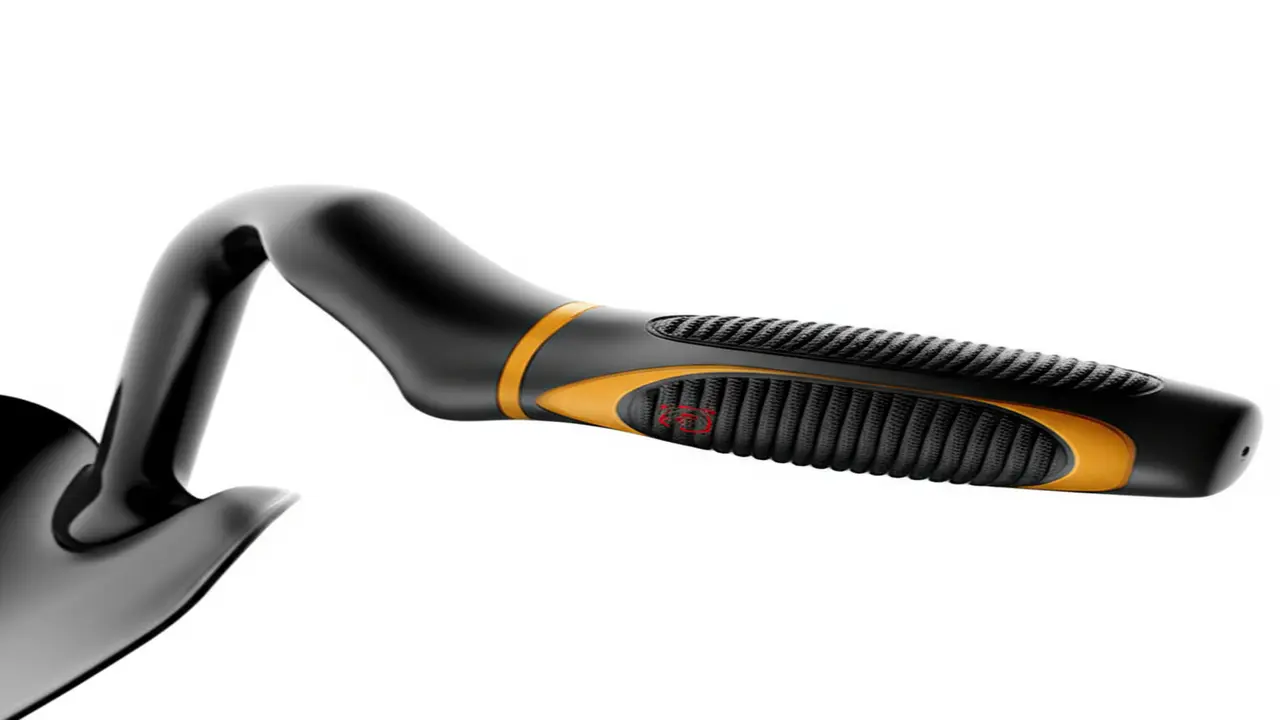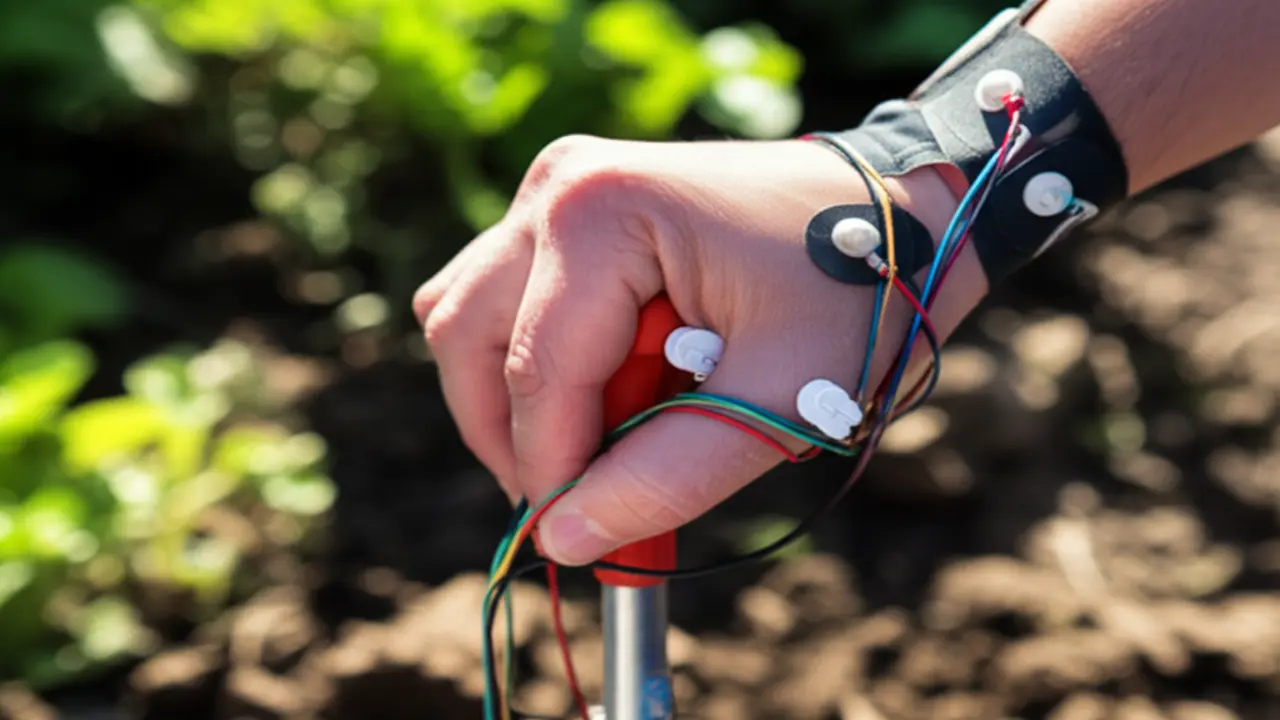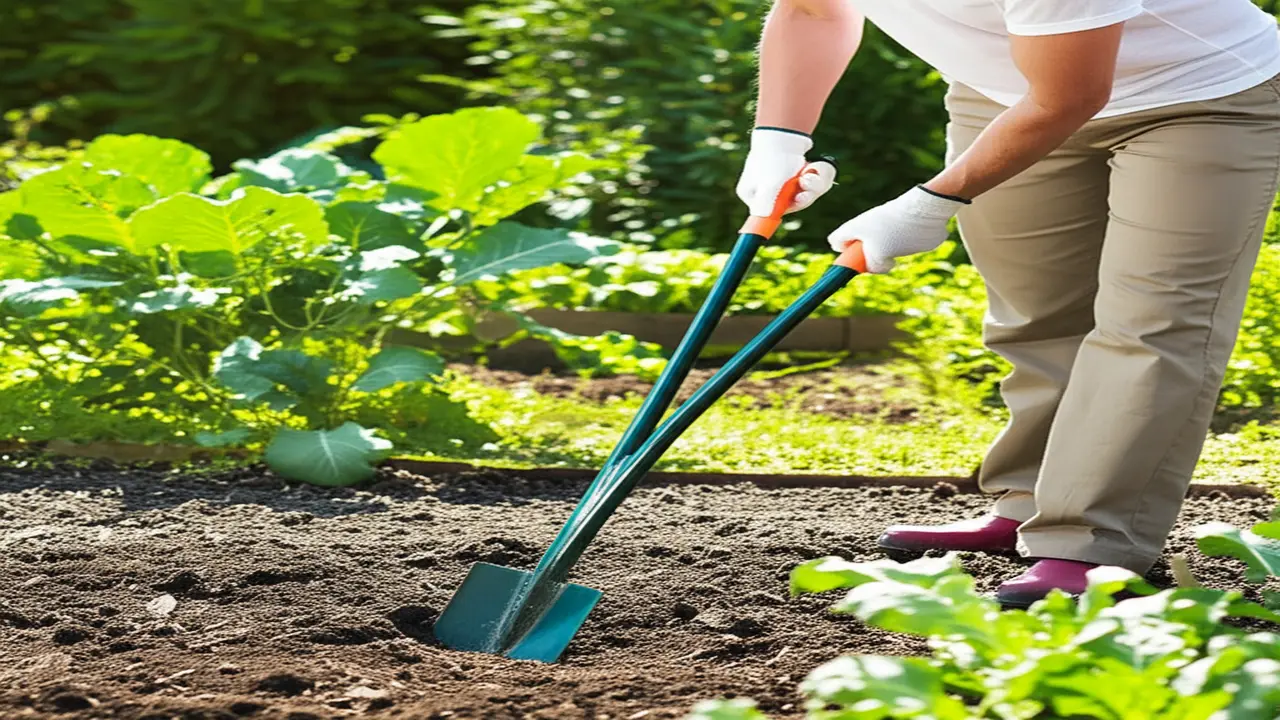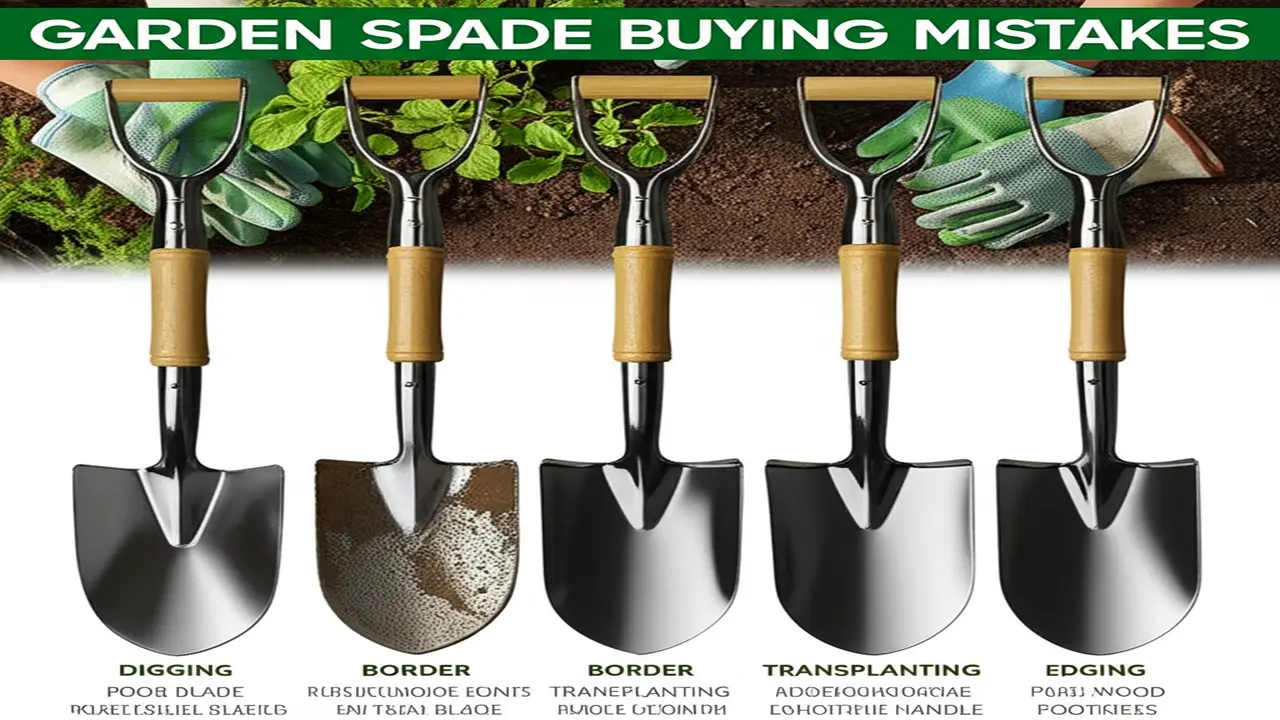Hand Cultivator Ergonomics Study: Design, Strain, & User Well-being
Gardening is a fulfilling activity, yet the physical demands it places on hands and wrists can lead to discomfort and injury if hand tools are not designed with ergonomics in mind. This comprehensive hand cultivator ergonomics study delves into design principles, strain reduction techniques, and user well-being, illuminating how refined tool engineering enhances gardening efficiency and safety in 2025 and beyond.
I. Introduction: Cultivating Comfort & Efficiency – The Science of Hand Tool Ergonomics
A. Defining Ergonomics in Hand Tools: Importance and Specific Relevance to Hand Cultivators
Ergonomics in hand tools refers to the science of designing instruments that fit the user’s body, reduce strain, and improve comfort and safety during use. For hand cultivators, ergonomic design is crucial, as these tools require precise grip, repetitive movements, and exertion of force in small muscle groups, particularly in the hands and wrists. Proper ergonomics enhances tool handling, diminishes fatigue, and prevents injuries.
B. The Problem of Musculoskeletal Strain
Manual gardening tools such as hand cultivators often lead to musculoskeletal strain manifesting as carpal tunnel syndrome, tendonitis, and repetitive strain injury. These conditions arise from prolonged use of tools with suboptimal design, causing stress on tendons, nerves, and muscles. Recognition and mitigation of such strain is a key concern explored in this study.
C. Purpose of This Study
This study synthesizes recent research on ergonomic principles specific to hand cultivators, aiming to guide designers and gardeners toward practices and tools that enhance comfort and minimize injury.
D. Scope
The focus is limited to small handheld cultivating tools commonly used in gardening and horticulture, emphasizing their biomechanics and design.
II. Biomechanics of Hand Cultivator Use: Forces, Postures, and Pain Points
A. Anatomy and Physiology of Hand and Wrist Related to Cultivating
The hand and wrist comprise numerous bones, joints, muscles, and tendons responsible for dexterity and grip strength. During cultivation, these components must sustain sustained gripping and manipulation tasks that, if improperly supported, can cause overuse injuries. Understanding this anatomy provides insight into ergonomic improvements.
B. Typical Operating Postures
User posture during cultivation involves coordinated positioning of the hand, wrist, arm, and shoulder. Ergonomic discomfort often originates from awkward wrist angles or excessive force generation, highlighting the need for posture-aware tool design and usage.
C. Force Exertion and Grip Dynamics
Different forces—pushing, pulling, twisting—are applied via the hand cultivator’s handle. Grip strength and endurance capabilities influence how fatigue and strain accumulate, underscoring the importance of optimal handle diameters and textures for effective force transmission with reduced effort.
D. Repetitive Motion and Cumulative Trauma
Repeated movements during cultivation contribute to cumulative trauma disorders. The study emphasizes how minimizing repetitive motions or varying tasks reduces injury risks.
E. Vibration Exposure
Exposure to tool vibration links to hand-arm vibration syndrome (HAVS), affecting blood circulation and nerve function. Ergonomic cultivation tools incorporate vibration damping to protect users from these effects.
III. Key Ergonomic Design Principles for Hand Cultivators
A. Handle Design
The handle’s shape, contour, diameter, length, materials, and texture are pivotal in optimizing grip and reducing muscular fatigue. Ergonomically contoured handles distribute pressure evenly and accommodate natural hand postures, significantly easing strain.

B. Weight, Balance, and Center of Gravity
Tool weight and its balance impact leverage and user fatigue. An ideally balanced cultivator ensures better control with less muscular effort, enhancing precision and reducing energy expenditure during extended use.
C. Tool Head Design & Geometry
The blade or tine angle, soil penetration efficiency, and durability are integral to tool effectiveness. Materials offering strength and corrosion resistance prolong tool life, while smart geometry reduces required user force.
D. Vibration Damping and Shock Absorption
Incorporating materials and design elements aimed at vibration dampening—such as rubberized grips or shock-absorbing inserts—mitigates user discomfort, contributing to safer, more comfortable gardening experiences.
E. Adjustability and Customization
Modular components allowing handle length or grip angle adjustment accommodate diverse user hand sizes and preferences, fostering personalized ergonomics.
IV. Methodologies in Ergonomics Studies of Hand Tools
A. Quantitative Measures
Scientific assessments utilize tools like electromyography (EMG) to measure muscle activity, force dynamometers for exerted force, accelerometers for vibration measurement, and goniometers for joint angle assessment. These provide objective data on the physical demands of using hand cultivators.

B. Qualitative Measures
User surveys and observational studies collect subjective feedback on comfort and tool usability. Comparative trials between designs yield insights into preferences and ergonomic success.
V. Synthesized Findings from Prominent Ergonomics Studies
A. Impact of Handle Shape on Muscle Load
Research demonstrates that ergonomic handles reduce EMG-measured muscle activity, indicating lower physical strain during use. This effect translates into prolonged user endurance and lowered injury risk.
B. Grip Diameter Optimization for Force Transmission
Studies show an optimal grip diameter range exists that maximizes force transmission while minimizing muscle effort. Too small or too large diameters increase fatigue and discomfort.
C. Balancing Tool Weight to Reduce Fatigue
Lightweight yet durable cultivators with balanced weight distribution are preferred, reducing muscle fatigue without compromising soil penetration efficacy.
D. User Preferences vs. Biomechanical Data
While user comfort often aligns with biomechanical efficiency, occasional divergences stress the importance of customizable features to accommodate individual differences.
VI. Comparative Analysis: Ergonomic Strengths and Weaknesses of Common Cultivator Types
A. Traditional Claw Cultivators
These are simple and durable but may lack ergonomic handle designs, potentially causing more strain over time.
B. Hand Forks and Trowel-Cultivator Hybrids
Hybrid tools offer versatility but may introduce compromised grip ergonomics due to multifunctional form factors.
C. Specialized Ergonomic Cultivators
Certain brands prioritize ergonomic innovation with contoured handles, vibration dampening, and balanced weight. While this study refrains from product endorsements, these designs exemplify ergonomic best practices.
D. Impact of Tool Material on Comfort and Performance
Materials influence tool weight, durability, and vibration characteristics. Stainless steel, lightweight alloys, and composite materials enhance overall ergonomic performance.
VII. Beyond Tool Design: Ergonomic Practices for Users
A. Correct Body Mechanics and Posture
Proper posture and body mechanics during tool use reduce strain and injury risk. Users should align wrists neutrally, avoid awkward gripping angles, and maintain relaxed shoulders.

B. Importance of Breaks and Stretching
Regular rest periods and stretches alleviate muscle tension and refresh blood flow, essential during extended gardening sessions.
C. Task Alternation to Minimize Strain
Alternating tasks involving different muscle groups mitigates repetitive stress and distributes physical workload more evenly.
D. Tool Maintenance: Sharpness, Cleanliness
Maintaining sharp, clean tools reduces required exertion and enhances efficiency, contributing to better ergonomic outcomes.
E. Use of Personal Protective Equipment (PPE)
Gloves improve grip comfort and reduce vibration impact. Specialized gloves with vibration-dampening properties further protect against hand-arm vibration syndrome (refer to OSHA’s guidelines on hand tool safety).
VIII. Future Directions in Hand Cultivator Ergonomics & Innovation
A. Smart Technologies
Emerging sensors embedded in handles monitor applied force, posture, and user fatigue, enabling real-time ergonomic feedback and reducing injury risk.
B. Advanced Materials
Development of lighter, stronger, and vibration-absorbing materials promises enhancements in comfort and tool longevity.
C. Personalized Ergonomics
Adjustable tools tailored to individual hand sizes and anthropometric data improve fit and reduce strain, representing the future of custom gardening tools.
D. Long-Term Health Impact Research
Ongoing studies aim to further elucidate ergonomic interventions’ effects on musculoskeletal health over extended gardening careers.
IX. Conclusion: The Imperative of Ergonomic Design for Sustainable Gardening and Health
In summary, applying key ergonomic principles in hand cultivator design significantly reduces musculoskeletal strain, enhances user comfort, and increases gardening efficiency. The link between design, health, and productivity is unequivocal, driving a call to action for designers to innovate and gardeners to adopt ergonomic tools and practices. By prioritizing ergonomics, we foster sustainable gardening that supports both plant and human well-being.
X. References & Further Reading
- Human Factors and Ergonomics Society
- Occupational Safety and Health Administration: Hand Tool Safety
- International Journal of Industrial Ergonomics
- Ergonomic Garden Spades – GardenItemReviews
FAQs
- What features make a hand cultivator ergonomic?
- Key features include contoured handles with optimal diameter and texture for grip, balanced weight distribution, shock-absorbing materials, and customization options for user fit.
- How does ergonomic design reduce gardening injuries?
- Ergonomic design lowers muscle strain by promoting natural postures, reducing excessive force, and minimizing repetitive motion stress, thereby decreasing risks of conditions like tendonitis and carpal tunnel syndrome.
- Can vibration-dampening truly prevent hand-arm vibration syndrome?
- While it cannot entirely eliminate risk, vibration-dampening materials and gloves significantly reduce the exposure to harmful vibrations linked to HAVS, improving user comfort and safety.
- Are there smart cultivators with health monitoring features?
- Emerging garden tool innovations include sensors that provide feedback on grip force and posture, helping users maintain ergonomically safe practices during use.

